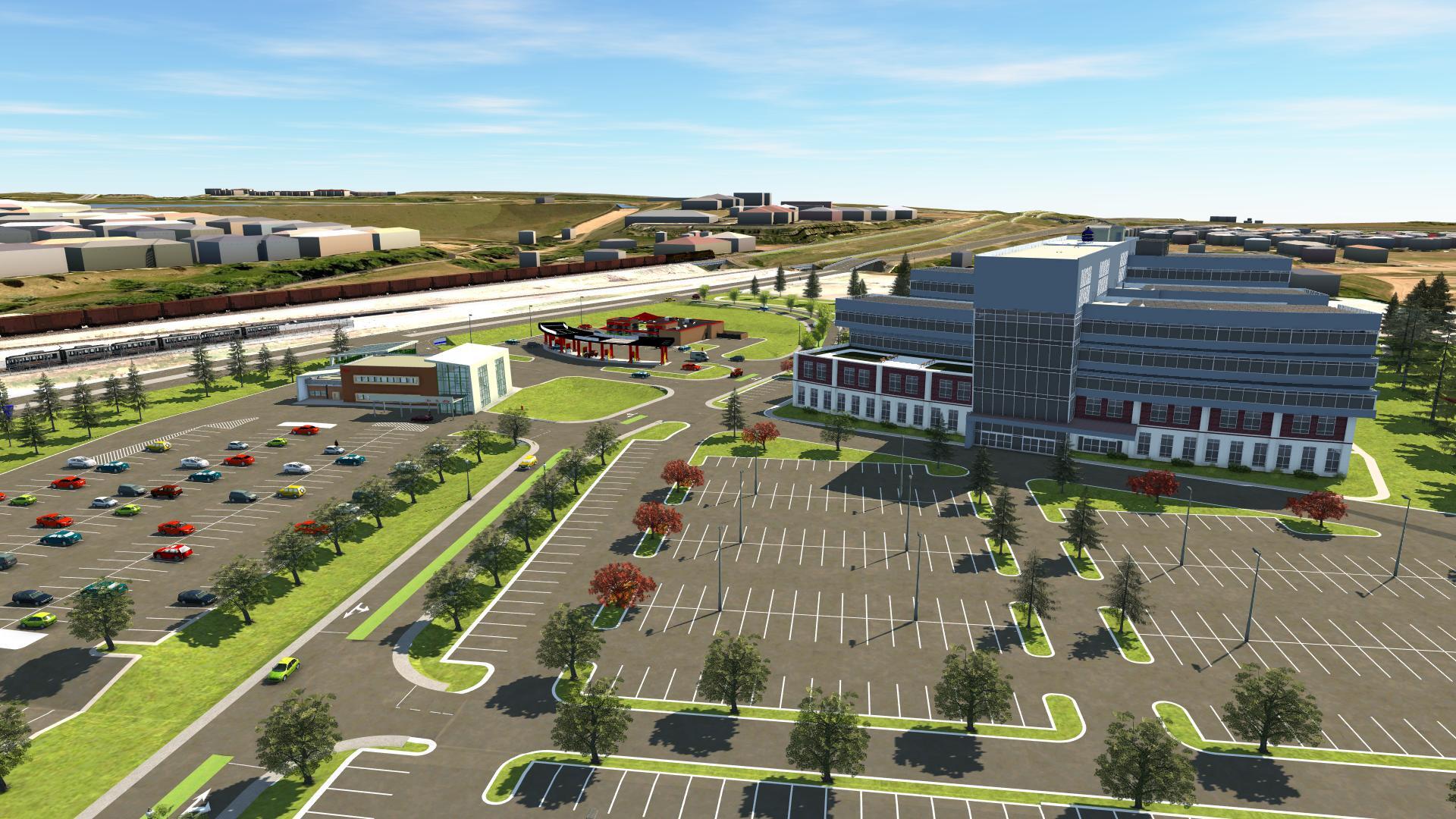

I recommend testing the new template to ensure all settings and styles are configured as necessary. For a complete list see: About Importing Styles and Settings. Also, some settings will need to be set manually such as the Object Layers in Drawing Settings. Notes: Certain settings will need to be manually copied by drag and drop from the old template to the new such as Description Keys and Pipe Network parts lists. Import Civil 3D specific styles and settings using the Import Styles command (found on the Manage tab and Styles panel of the ribbon).Also, make any necessary adjustments to AutoCAD base settings. Import all AutoCAD based layers, linetypes, text styles, dimension styles, multileader styles, blocks etc.

The acad.dwt file can be found in the default template path in a folder named AutoCAD Template.

Apparently, this is a common practice for many organizations, and most are concerned about the time and effort it takes to build a template, have already done it at least once and do not want to go through that process again any time soon. I have recently been troubleshooting performance related issues only to learn that the current template being used to create new drawings was developed in not only an earlier version but two file formats back. A part of planning to upgrade should always include your Civil 3D template. Regardless of your position, implementing a new version of Civil 3D across your organization requires planning. Others prefer to wait until the first update has been released with the latest bug fixes to minimize disruption to production. Some prefer to be early adopters and will install the latest release as soon as it has been tested and approved for production. Each new release introduces new features, improved functionality and often increased performance. Historically, Autodesk has released new versions of Civil 3D each year, usually during the spring.


 0 kommentar(er)
0 kommentar(er)
